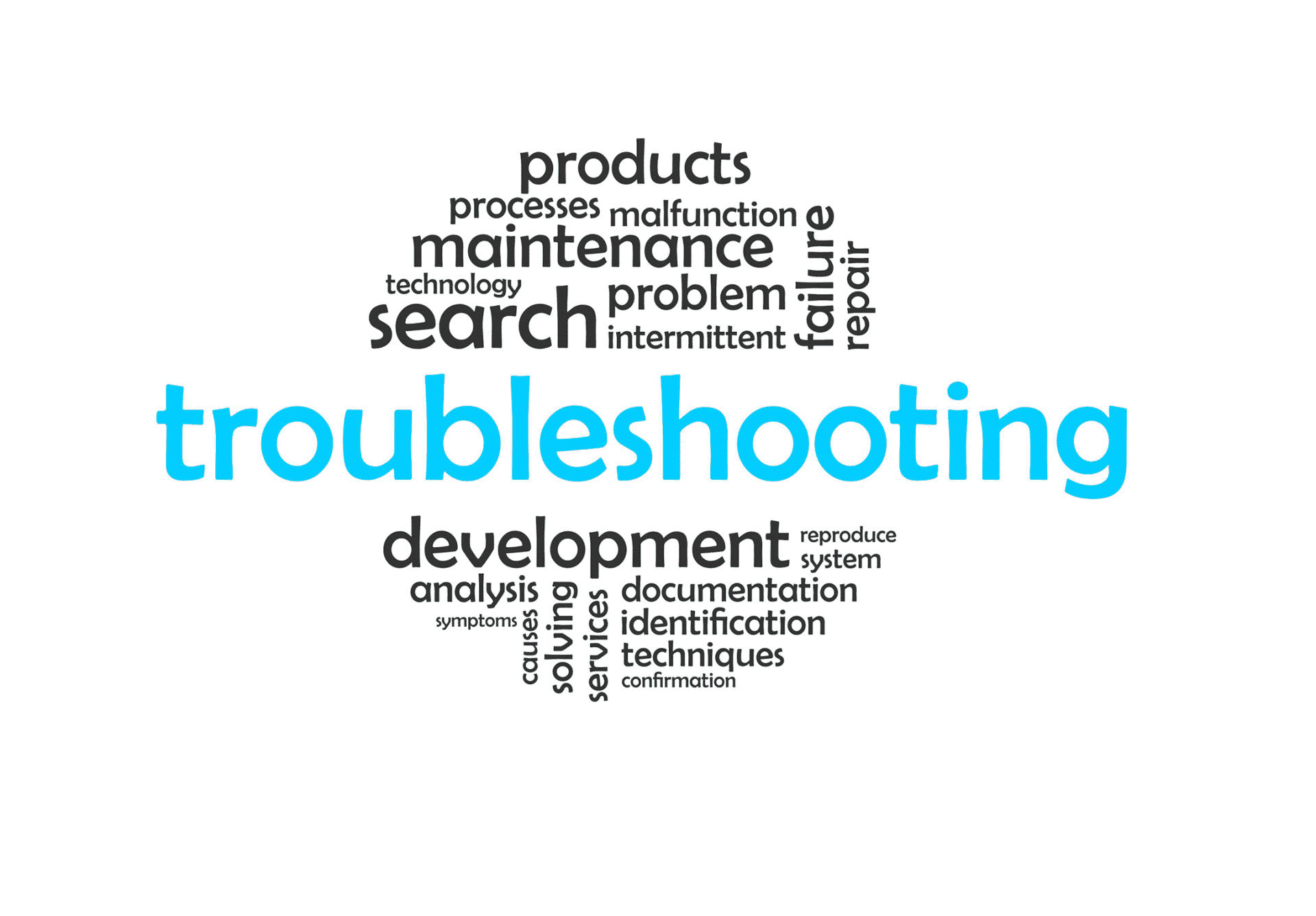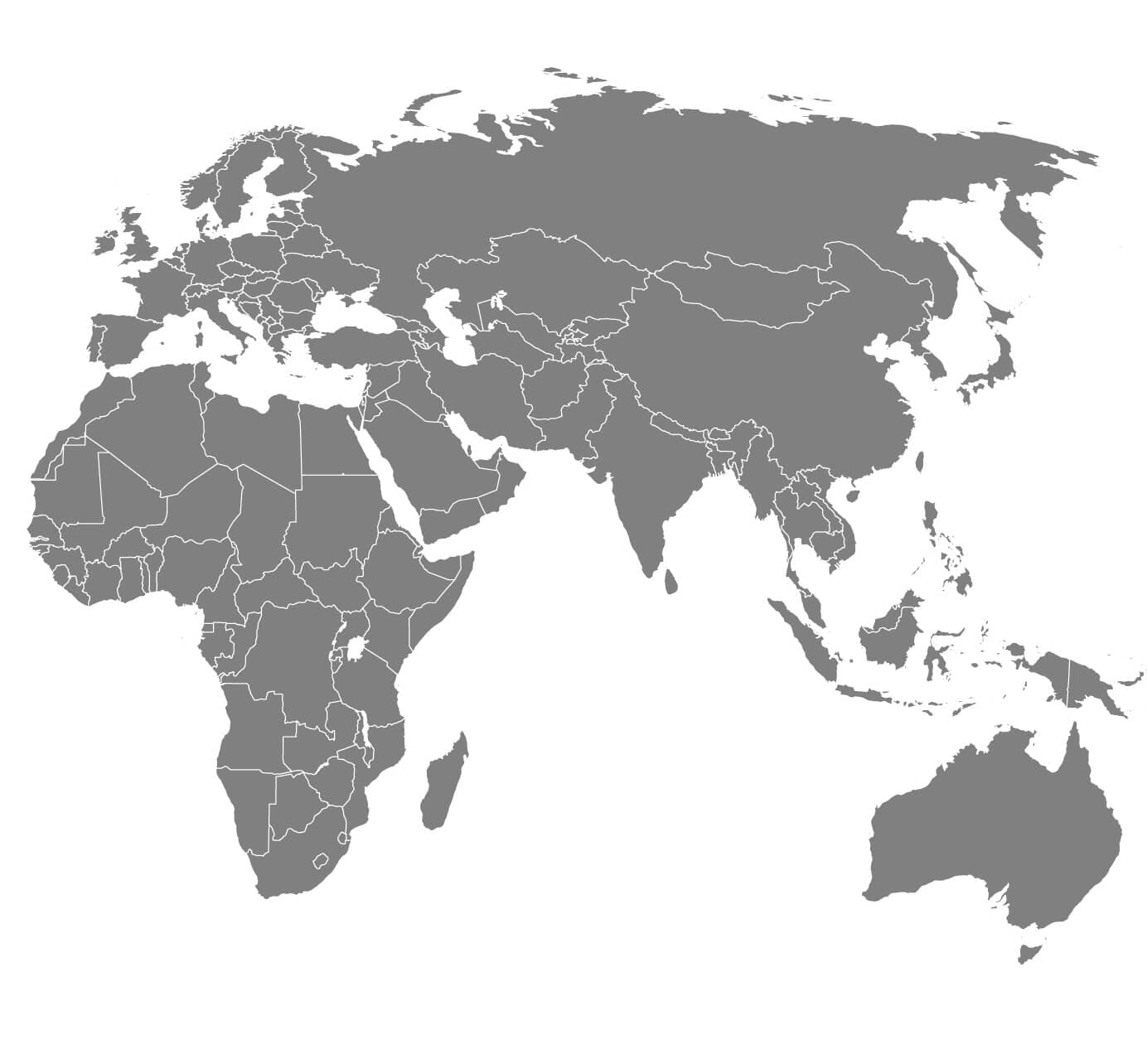Troubleshooting

Troubleshooting refrigeration system can be a complex process that requires specialized knowledge and expertise. WINTER with its expertise and skilled manpower can help in case your refrigeration plant faces any difficulties during operation. Our specialists are highly experienced with a trained eye on the key areas within your plant. We will help you to solve the issues within the shortest time.
All of the WINTER packages are designed according to the international standards API, ASME, PED, AD 2000, GOST, etc
Our packages are manufactured and assembled in our own WINTER workshop facilitated with industrial standards, which guarantees the best quality of the client’s package. WINTER closely accompanies its clients, beginning from the first contact and further through the engineering, installation, commissioning, and operation phase.
For any troubleshooting request kindly contact our team with the inquiry form
Troubleshooting Refrigeration System
Troubleshooting industrial refrigeration systems can be a complex process that requires specialized knowledge and expertise. Here are some general steps to follow when troubleshooting an industrial refrigeration system
1. Gather information
- Gather information: The first step is to gather as much information as possible about the problem. This includes identifying specific symptoms, such as high or low pressure, abnormal noise or vibration, or other indicators of system malfunction.
2. Start with the basics
2. Start with the basics: Check that the power is on, that the thermostat is set to the correct temperature, and that the refrigerant level is sufficient.
3. Inspect the system
3. Inspect the system: Once the problem is identified, the system should be inspected to determine the source of the issue. This may involve checking for leaks, inspecting electrical components, and verifying that all system components are operating properly.
4. Check refrigerant levels
4. Check refrigerant levels: Low refrigerant levels can cause a variety of problems with industrial refrigeration systems. Checking the refrigerant levels can help identify the source of the problem and determine whether additional refrigerant needs to be added.
5. Check electrical components
5. Check electrical components: Electrical components such as motors, capacitors, and relays can also cause problems with industrial refrigeration systems. Checking these components can help identify any issues and determine whether repairs or replacements are needed.
6. Check system controls
6. Check system controls: The controls and sensors that regulate the operation of the system should also be checked to ensure they are functioning properly. This includes checking thermostats, pressure switches, and other control components.
7. Verify proper system operation
7. Verify proper system operation: Once any issues have been identified and resolved, the system should be tested to verify that it is operating properly. This may involve checking the temperature and pressure readings and ensuring that the system is maintaining the desired temperature and humidity levels.
8. Prevent future problems
8. Prevent future problems: Finally, it is important to take steps to prevent future problems with the industrial refrigeration system. This may include regular maintenance, such as cleaning coils and changing filters, and addressing any issues before they become major problems.
9. Check the electrical connections
9. Check the electrical connections: Make sure all electrical connections are tight and secure. Loose connections can cause a variety of issues, including compressor failure, motor burnout, and more.
10. Check the oil level
10. Check the oil level: Many industrial refrigeration systems require lubrication oil to keep the compressor running smoothly. Check the oil level and make sure it’s at the correct level. If it’s too low, this can cause the compressor to fail.
11. Monitor system pressures
11. Monitor system pressures: Keep an eye on the system pressures to make sure they’re within the normal range. If the pressures are too high or too low, this can indicate a problem with the refrigerant charge, the compressor, or other components.
12. Check for leaks
12. Check for leaks: Leaks in the refrigeration system can cause a variety of problems, including low refrigerant levels, poor cooling performance, and more. Use a refrigerant leak detector to locate any leaks and repair them as soon as possible.
13. Consider the environment
13. Consider the environment: The environment in which the refrigeration system is located can also affect its performance. For example, if the system is located in a hot environment, it may struggle to maintain the desired temperature. Make sure the system is designed and installed to handle the environmental conditions in which it’s located.
14. Keep maintenance up to date
14. Keep maintenance up to date: Regular maintenance is key to preventing problems with an industrial refrigeration system. Make sure the system is serviced regularly and that all components are inspected and maintained according to the manufacturer’s recommendations.
Overall, troubleshooting an industrial refrigeration system requires a thorough understanding of the system’s components and operation, as well as the ability to identify and resolve issues quickly and efficiently. It is important to have a qualified technician with experience in industrial refrigeration systems perform troubleshooting and repairs to ensure that the system is functioning safely and efficiently.
Applications

